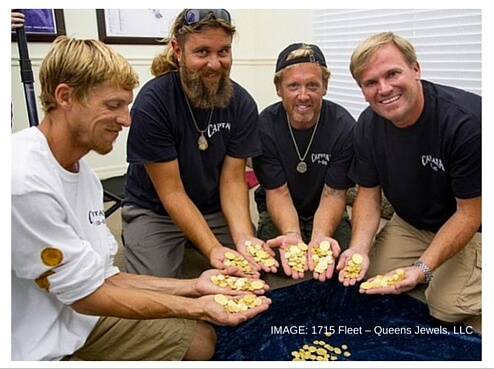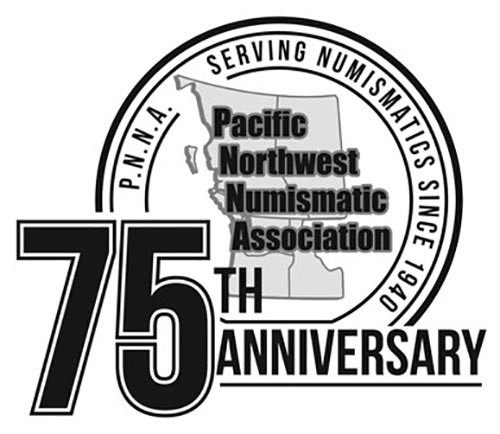
With a slight breeze riffling the water, twelve ships set sail from Havana. Eleven were bound for Spain, loaded with gold and silver. Among them were the flagship Capitana and Urca de Lima. The twelfth ship was the Griffon, a French merchant vessel that had been detained in port. Afraid that word would leak of the treasure they were carrying—making the Spanish fleet easy prey for pirates—the Spaniards brought the Griffon with them.
It was a calm and sunny day on July 24th, 1715. The fleet sailed for the Gulf Stream, avoiding Florida’s coastal reefs. Five days on, the weather turned. The air grew heavy with rain, and ocean swells appeared from the southeast. The fleet began to dip and roll. A storm was brewing. But not just any storm—a hurricane.
Captain-General Ubilla on the flagship Capitana directed the fleet to sail into the wind. By nightfall, the wind changed course, blowing due west. Wind speed kept increasing. By midnight, it was clear nothing would save them. At four in the morning on July 31st, the hurricane picked up eleven of the vessels one by one and slammed them onto the reefs. The owner of the Urca de Lima, Miguel de Lima, described what happened in a quotation from Treasures of the Spanish Main: Shipwrecked Galleons in the New World:
“The seas became very giant in size, the wind continued blowing us toward shore, pushing us into shallow water. It soon happened that we were unable to use any sail at all… and we were at the mercy of the wind and water, always driven closer to shore. Having then lost all of our masts, all of the ships were wrecked on the shore, and with the exception of mine, broke to pieces.”
In a single night, more than 1,000 souls were lost, including Ubilla. About 1,500 men survived by clinging to wreckage and swimming to shore. Only the Griffon escaped, reaching France a month later.
Because the hurricane had dispersed the ships, the castaways found themselves stranded along 30 miles of coastline. Food, water, and medical supplies were urgently needed. Dead bodies lay everywhere. The inhospitable land swarmed with disease-bearing mosquitoes and poisonous rattlesnakes. More men perished of thirst, hunger, and exposure.
Eventually, authorities in Havana and St. Augustine got word of the survivors and dispatched emergency supplies and soldiers. What could be salvaged was, and the Spaniards left the remaining treasure to the ocean. Except for the occasional coin washing ashore, the fleet was forgotten.
Fast forward almost 300 years to day after the fleet sank, treasure hunters started pulling up hundreds of coins. There have been two independent finds from the shipwreck by a company called, 1715 Fleet – Queens Jewels, LLC.
On July 30 and 31, a team headed by the owner of the company, Brent Brisben, recovered 350 gold coins worth $4.5 million off the coast of Vero Beach, Florida. Nine of the coins found were valued at $300,000 each. Almost a month earlier, a subcontractor of Brisben’s, the Schmitt family, announced that they had found $1 million of treasure in 15 feet of water off Fort Pierce, Florida. The Schmitts’ haul contained 52 gold coins in various denominations, and 40 feet of intricate gold chain—olive blossoms linked together. A rare and perfect Tricentennial Royal coin valued at over $500,000 was also recovered.
When the Capitana went down, its hold carried 1,300 chests filled with three million silver coins. Also on the ship’s manifest were gold coins, gold bars, silver bars, jewelry, and Chinese porcelain. Most of the treasure is yet to be recovered.
Long ago, a hurricane claimed the lives of over a thousand men. They feared that pirates would steal their treasure. Three hundred years later, it wound up with treasure hunters.
Did you like this post? Great. Read other articles like, “Treasure Aboard Luxury Cruise Ship About To Be Raised.”
Liberty Coin & Currency specializes in rare coins and currency. We are a family owned business located in Portland and Vancouver. We are also gold, silver, diamonds, currency and jewelry buyers. Visit us first for a free evaluation.
Like this post? Let us know on Facebook, Twitter, Instagram, or Pinterest.







